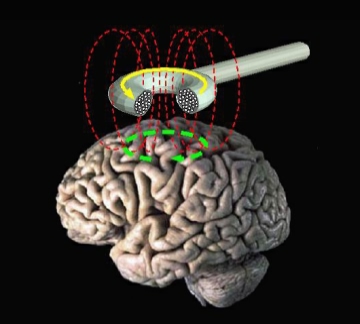From an Ebola outbreak to the comet landing, 2014 was a big year for science, and there were many noteworthy discoveries that changed the world. However, out of all of the things that happened, there were three main stories that really caught my attention last year.
The first memorable story is from the Scientific American called "Ancient Engravings Strengthen Case for Sophisticated Neanderthals" The article states that, "Researchers working in Gibraltar have found what they say is the first known example of an abstract pattern engraved by a Neanderthal."(See figure 1) This breakthrough shows that Neanderthals may have had a similar cognitive patterns to the ancient humans. However, this also raises the question of how the Neanderthals went extinct. Originally scientists thought the reason was because they lacked the mental capabilities to survive along side our ancient ancestors. Discovering more about the Neanderthals could uncover more about the history of humans, which could lead to all kinds of discovery. In the next few weeks, there will be a lot of debate on this subject.
The first memorable story is from the Scientific American called "Ancient Engravings Strengthen Case for Sophisticated Neanderthals" The article states that, "Researchers working in Gibraltar have found what they say is the first known example of an abstract pattern engraved by a Neanderthal."(See figure 1) This breakthrough shows that Neanderthals may have had a similar cognitive patterns to the ancient humans. However, this also raises the question of how the Neanderthals went extinct. Originally scientists thought the reason was because they lacked the mental capabilities to survive along side our ancient ancestors. Discovering more about the Neanderthals could uncover more about the history of humans, which could lead to all kinds of discovery. In the next few weeks, there will be a lot of debate on this subject.
 |
| (Figure 1- This ancient carving found in Gibraltar shows that Neanderthals had higher cognitive ability than once thought) |
The next story is from The National Institute of Mental Health. Now, with modern technology, scientists are on their way to improving and manipulating memories.Using trancrainial (which means passing or preformed through the skull) magnetic stimulation (see figure 2), scientists are able to connect the hippocampus and cortex, both thought to be essential for memories and memorization. After a few days of this twenty minute long exercise, Patients showed increased memorization skills. However the article said, "It's important to note that this intervention simply appears to improve the ability of one brain region to communicate with another region; it is not influencing the content of that communication—it may be improving the roads, as it were, not specifying what types of vehicles can travel on them." This is a huge break-through for neuroscience because no technology that we've previously had has been able to do something like this, and it's incredible how far we've come in the last fifty years.
 |
| (Figure 2- A picture showing transcranial magnetic stimulation) |
The last story is from Science Daily. Researchers have designed trees that will make making paper a much smoother and Eco-friendly process. At the moment there is a component of trees called Lignin which has to be removed before the paper can be produced, costing hundreds, if not thousands of dollars to produce each year. Not only that, but it creates and requires, "...significant chemicals and energy and causes undesirable waste," Said Shawn Mansfield of the University of British Colombia (See figure 3). However, recently, researchers found a way to genetically modify the trees so that less lignin is created without the plants being more susceptible to other outside forces, which was found to be a problem in previous attempts. This method could prevent a lot of pollution, which will make our Earth a better place to live. Overall I think this is one of the most important news stories because it shows that we are still striving to be more environmentally conscious.
 |
| (Figure 3- Shawn Mansfield, A Professor at University of British Colombia) |
No comments:
Post a Comment
Note: only a member of this blog may post a comment.